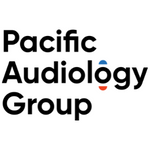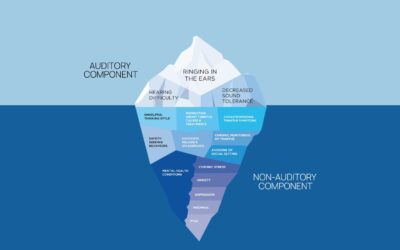Stop me if this sounds familiar: you’re in a busy season of life, juggling appointments, running a household, and trying to tick things off your to-do list. You walk into a store knowing exactly what you want… and twenty minutes later, you’re listening to someone talk about their weekend while you wonder how this became so complicated.
That was me, walking into a mattress store with a printout in hand, looking for one specific model. I had young kids at home, a packed calendar, and about two hours carved out to make a decision that would affect the next ten years of sleep. I wasn’t looking for a conversation — I was looking for a solution. But the salesperson didn’t pick up on that.
Later, I realized something important: if that interaction had left me feeling disconnected, how often might the same thing happen to clients in my own clinic?
That question changed everything. It led me to a tool that now sits at the top of every client file — a simple four-quadrant graph that helps me quickly understand someone’s communication style and adjust how I speak to them. It’s been a complete game-changer. Appointments flow more smoothly, clients feel more understood, and decisions come more easily.
In this blog, you’ll learn how that one graph transformed my approach to appointments — and how you can use it to build trust faster, reduce friction, and boost satisfaction for every client who walks through your door.
A Simple Graph for Better Conversations
The tool that changed everything for me is surprisingly simple. Picture a square divided into four sections — a graph based on two questions:
- Is this person fast-paced or more measured in how they move and speak?
- Are they more task-focused or people-focused in how they engage?
With just those two lines – fast vs. slow, task vs. people – you’ve got four communication styles. Each one brings a different energy into the room. And once you know what to look for, it’s surprisingly easy to spot which quadrant someone falls into.
Here’s a quick snapshot of the four types:
- Drivers – Fast-paced and task-focused. Direct, efficient, and goal-oriented.
- Expressives – Fast-paced and people-focused. Warm, talkative, and enthusiastic.
- Amiables – Measured pace and people-focused. Thoughtful, steady, and connection-driven.
- Analyticals – Measured pace and task-focused. Detail-oriented, informed, and methodical.
It’s not about putting people in boxes. It’s about noticing patterns — and adapting your delivery to meet them where they are.
How to Use It in Appointments
Once you know the four quadrants, the key is picking up on cues early. You don’t need a full personality assessment, just a few seconds of observation can tell you a lot.
- Are they fast or slow-paced?
Notice how quickly they walk, how soon they start talking, and how they respond to being called from the waiting room.
- Are they task or people-focused?
Are they straight to the point, or do they ask questions about your day or make comments about your office?
With that, you can start to place them into a quadrant — and then make small, powerful shifts in how you communicate:
- With Drivers: Be direct, concise, and focused. Avoid chit-chat. Get to the point and let them ask questions when they’re ready.
- With Expressives: Take time to connect. Be warm, open, and human. Let them feel like they know you. Trust is what moves them forward.
- With Amiables: Slow down. Check in gently and often. Reassure them with phrases like “most people in your situation…” and give space for them to process.
- With Analyticals: Offer structure and detail. Explain the “why” behind your recommendations. Ask for consent before diving into deeper information.
These adjustments take seconds — but the impact is lasting. Clients feel understood, not just heard. And that leads to better decisions, smoother appointments, and higher follow-through.
Why It Works and How You Can Try It
When I started using this graph, I wasn’t expecting it to change so much. But it did. My appointments became smoother. Clients were more relaxed and receptive. I wasn’t guessing anymore. I was tailoring.
The best part? It didn’t take a new system or more time. Just a mindset shift and a simple square at the top of each file.
If you want to stop second-guessing your approach, build trust faster, and feel more energized at the end of your day, start watching for those clues. Notice who’s fast or slow, task or people oriented. Make tiny shifts and see what happens.
And if you want to learn exactly what to say, how to spot each type quickly, discover your own personality type, and learn how to adapt your delivery without overthinking it, that’s what my free course is for. It goes deeper into each quadrant, shares real-life examples, and gives you ready-to-use strategies you can start applying right away.
Because when your clients feel understood, they’re more likely to listen, follow through, and come back. And you? You’ll feel more connected, more effective, and more like the clinician you want to be.
If you found this blog helpful, please share it on social media!





